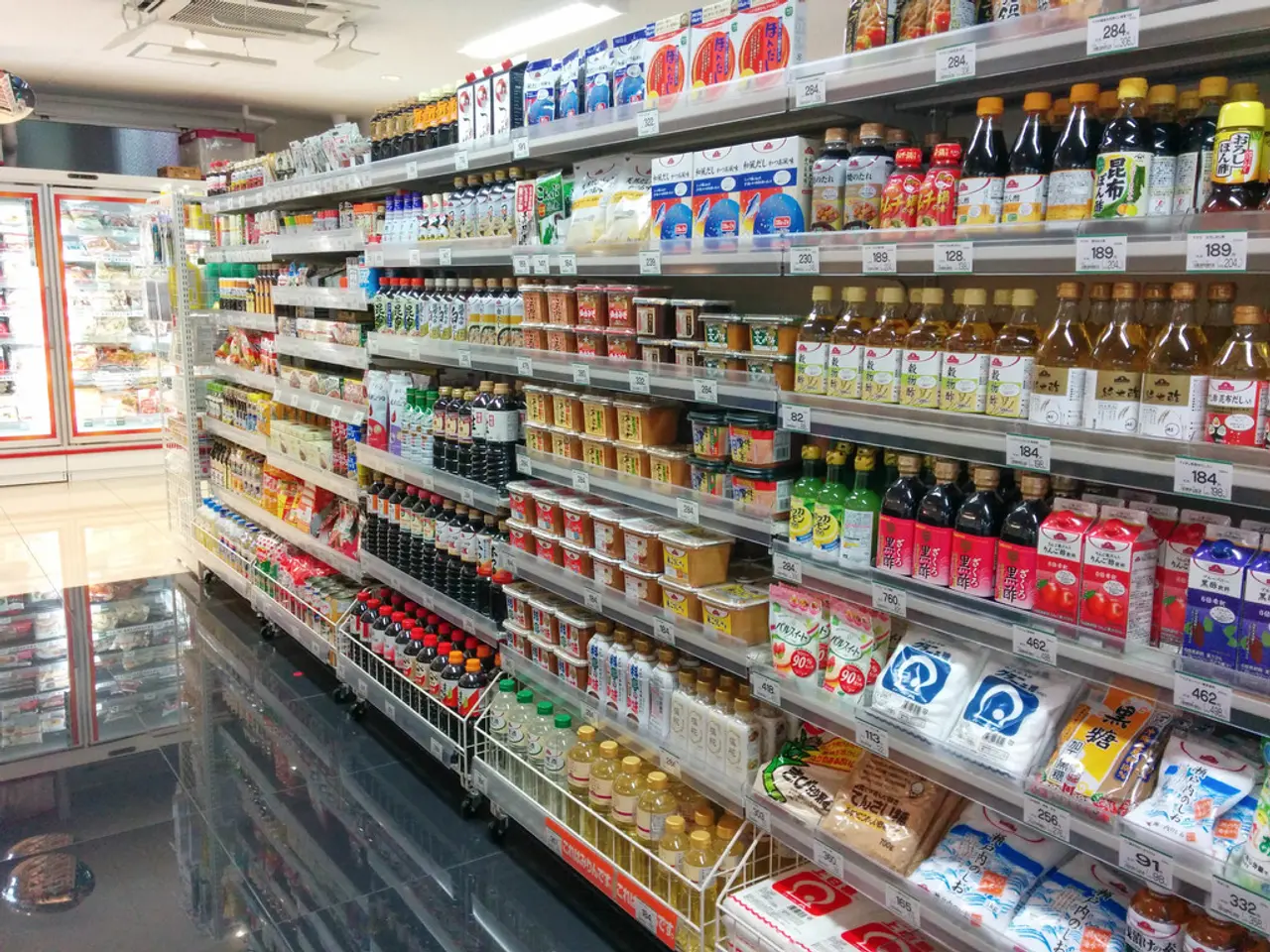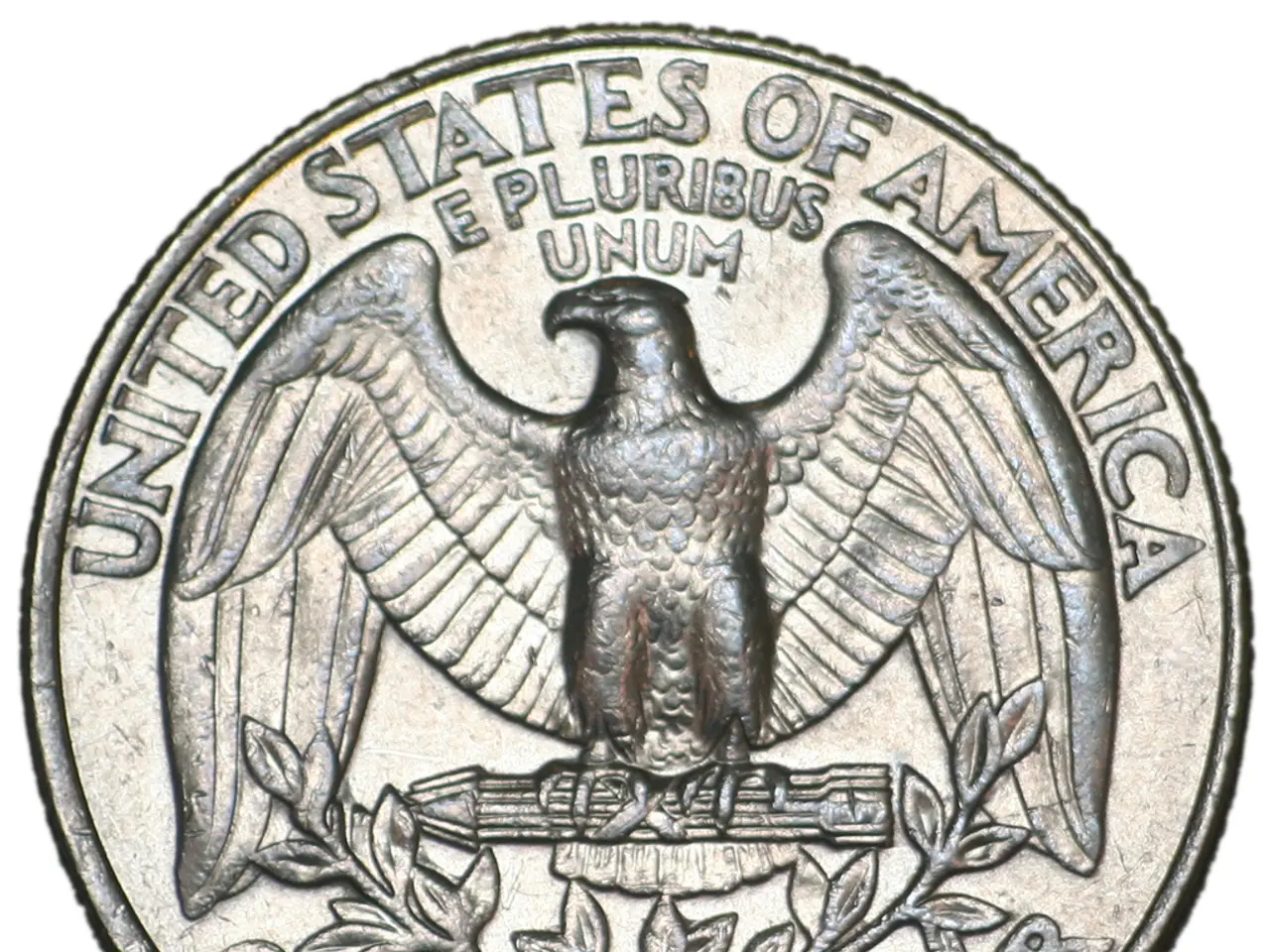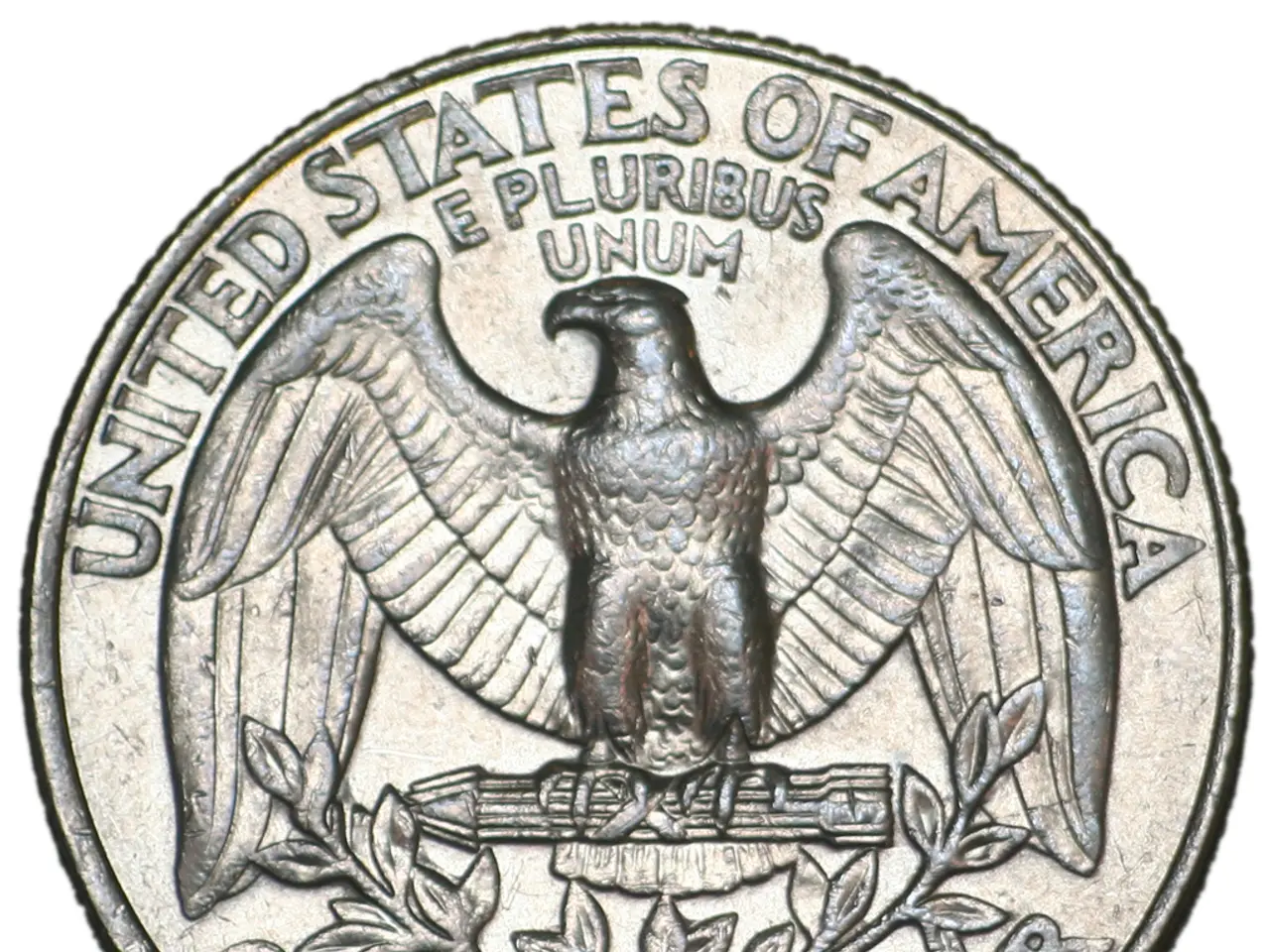Delivery services from external providers give a surge in traffic to First Watch restaurants
In a remarkable turn of events, American breakfast and brunch chain First Watch recorded its busiest day ever on Mother's Day, with a surge in same-store traffic and sales that outshone the restaurant's 42-year history. This uptick in business appears to be a reversal from the previous year, where delivery orders were a traffic drain for the company [1].
Despite the lack of specific data on how third-party delivery services impacted First Watch's sales growth in 2022 compared to 2021, there is evidence of robust sales momentum for the chain. For instance, First Watch experienced a 19.1% revenue increase in Q2 2025 compared to Q2 2024, driven by system-wide sales growth of 15.8% and same-restaurant sales growth of 3.5% [1]. However, these gains do not isolate or specifically attribute any impact to third-party delivery services.
First Watch's growth seems to be driven by multiple factors, including expansion of locations and a strong value proposition [1,4]. The company is planning to add a total of 59 to 64 locations this year, bringing its total to 600 units across 31 states [1].
The chain's on-premise traffic in Q2 reached a six-quarter high, and off-premise orders, which include delivery, account for about 18% to 20% of First Watch's sales mix [1]. However, the chain does not report how much of its overall sales are made up by delivery.
First Watch has been strategic in its approach to third-party delivery, lowering its surcharge on DoorDash to improve its visibility on the app and boost order volume. This move seems to have paid off, as delivery orders have become a significant traffic driver for the chain in 2021 [1].
CEO Chris Tomasso attributes the increase in delivery orders to optimizing the brand's offering and visibility on delivery apps. The company has also been conservative on price increases but has recently increased portion sizes and empowered staff to provide freebies [1].
It's important to note that commodity inflation pressures and operating margin compression have been mentioned in the context of First Watch's financial performance. However, these issues do not appear to be directly related to delivery costs [1].
For those seeking precise data on the impact of third-party delivery on First Watch's sales growth in 2022 versus 2021, examining the company's 10-K or quarterly earnings calls from those years would provide the most authoritative insights.
References:
[1] First Watch Q2 2025 Earnings Call Transcript, Seeking Alpha, 2025. [2] First Watch Q2 2024 Earnings Call Transcript, Seeking Alpha, 2024. [3] First Watch Q2 2023 Earnings Call Transcript, Seeking Alpha, 2023. [4] First Watch Annual Report 2021, First Watch Investor Relations, 2021.
Financial reports and business strategy reveal that the technology of third-party delivery services has significantly contributed to the sales growth of First Watch, as seen in the 19.1% revenue increase in Q2 2025. This robust financial performance in the technology sector of the business may be due to strategic decisions such as optimizing brand visibility on delivery apps and implementing a conservative pricing strategy.




